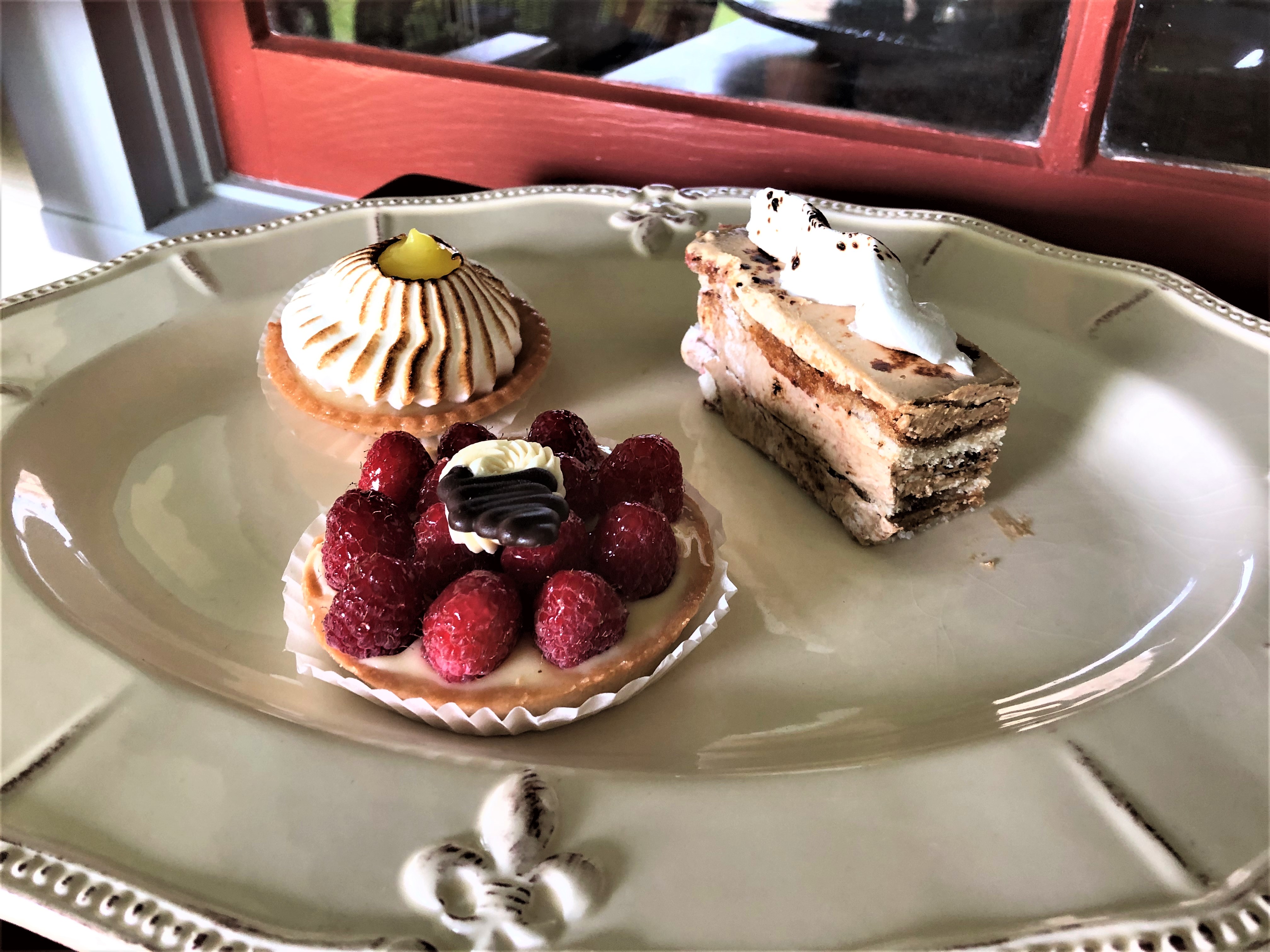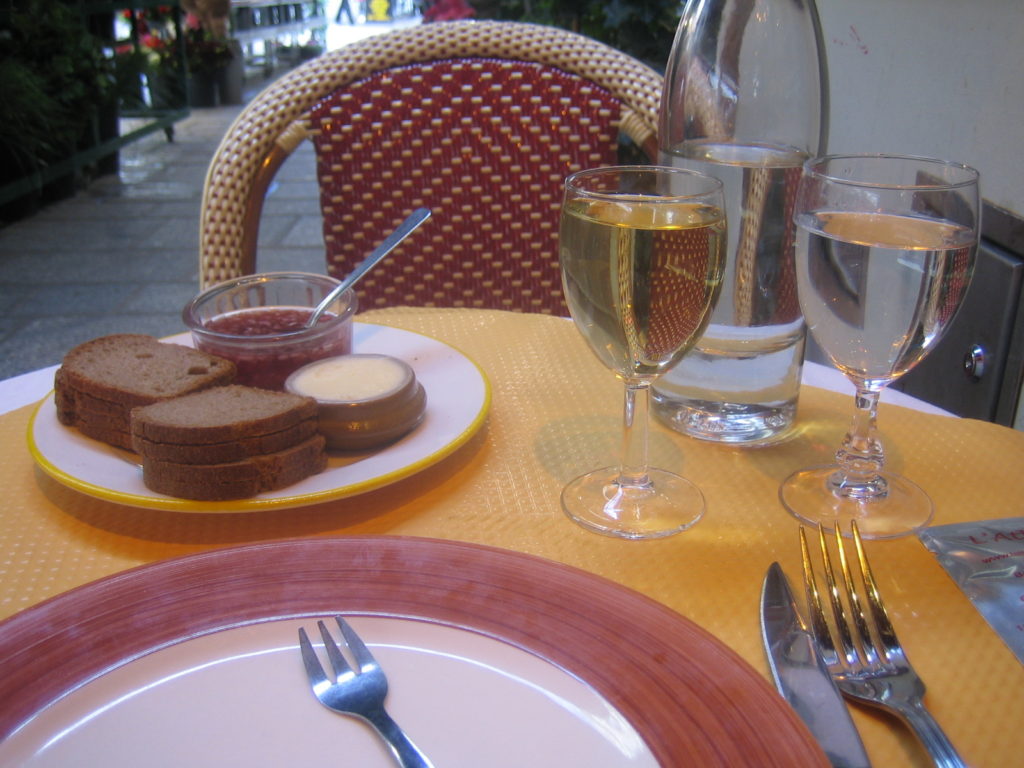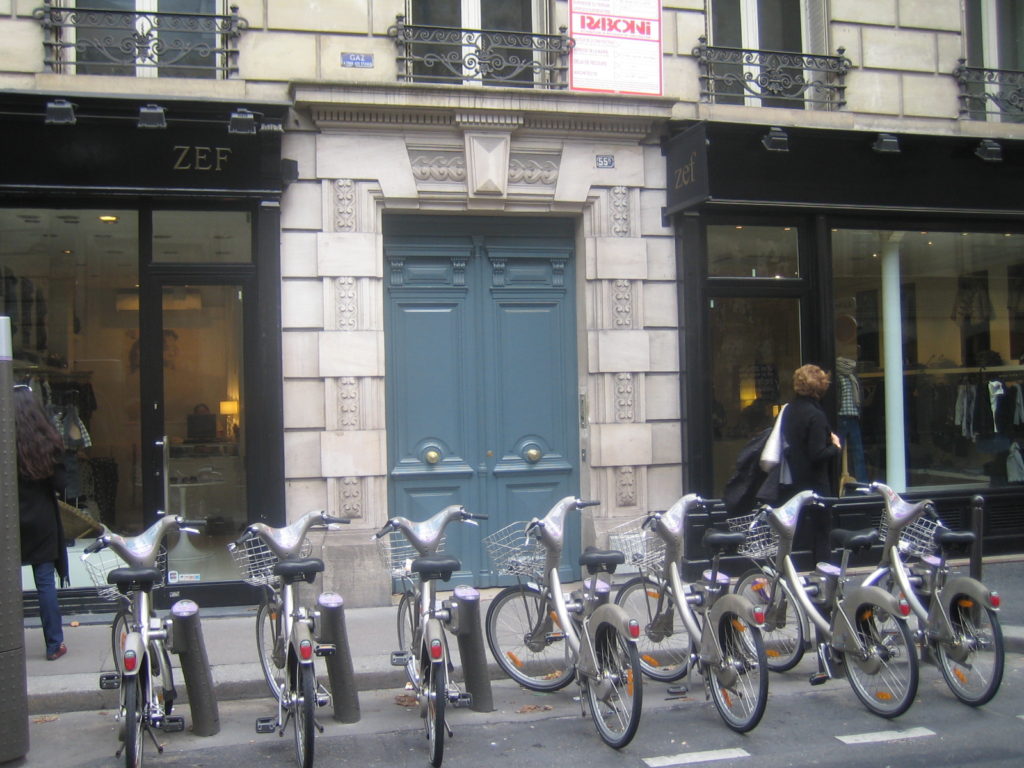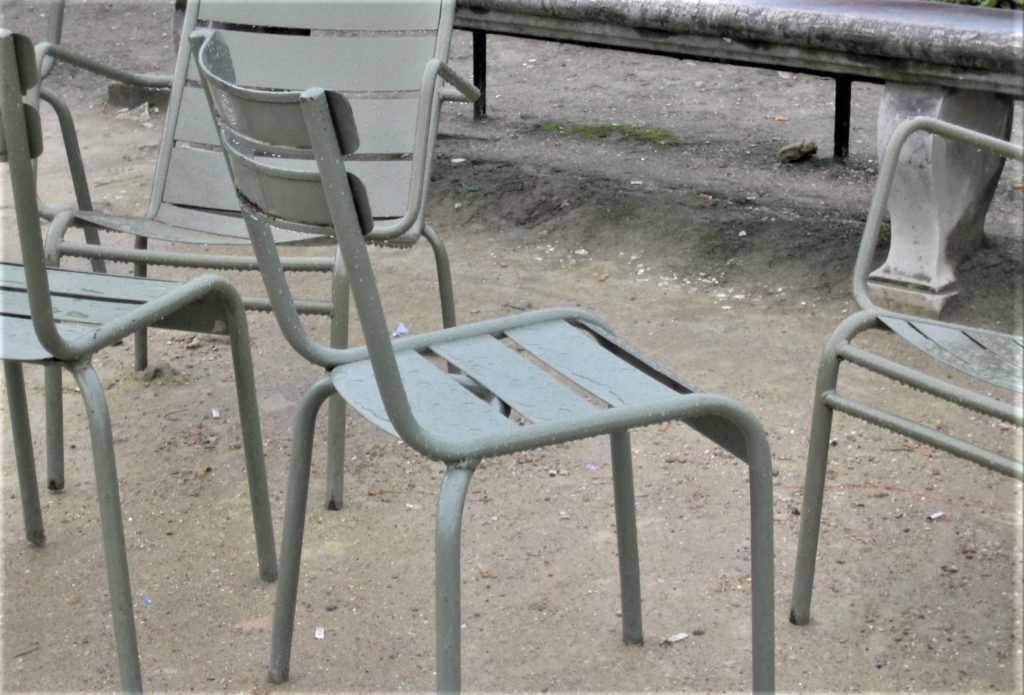In her more than 20 years in Paris, food critic and connoisseur Patricia Wells has steeped herself in the culture, traditions, restaurants and home cooking of Paris and of France. Her authoritative book, The Food Lover’s Guide to Paris, 4th Edition, has more than 400 pages of info on dining, cooking schools, specialty foods, wine bistros, markets and more.
I first interviewed Patricia in the late ’80s about her book, Bistro Cooking, which has served as one basis of my home cooking when I want to prepare French food simply in my own kitchen. Not only has Patricia written several books on the topic, she also now runs her own cooking classes and continues to write, the next book will be about vegetables. I caught up with Patricia for an interview.
Q: In the 20-plus years you’ve been in Paris, what are the most noticeable changes you’ve seen in the way food is prepared and presented?
A: Obviously tons more fast food (I remember when the first MacDo opened on the Champs-Élysées and it was an event!), more frozen food, more prepared and packaged stuff. Yet all in all for the top ingredients, I feel that the produce, fish, poultry, and meat at the top level just get better and better. Same for cheese and bread. Both the merchants and the shoppers are better informed. When I moved here, there were 2 kinds of potatoes in the market — now you can find 25.
Q: When I was here 25 years ago, the vegetarian food scene was heating up. What’s the status today?
A: Although you don’t see vegetarianism with a capital “V” staring you in the face, it’s easier and easier to get a vegetarian meal at any restaurant in town. Years ago you might have had to call ahead, but today, no problem. Vegetables are more and more in the forefront. They used to be the bridesmaid, now they’re the bride.
Q: Similarly, can we eat low-fat, low-cholesterol meals in Paris restaurants, or are they incompatible with the butter, cheese, creams, meats and other basics of French cooking?
A: Again, the French don’t always talk about these things with a capital “H” for health, but eating has changed dramatically. When I first reviewed restaurants, the rage was Southwestern French food — so lots of foie gras, cassoulet, confit, etc. They are still there, but I can eat lightly everywhere and do.
Q: What do you cook at home, or do you?
A: I cook all the time. My next book is Patricia Wells’ Vegetable Harvest, so I’m having a ball working with nothing but vegetables. Last Saturday I tested 6 new dishes, and they all were great.
Q: How do French women stay so thin?
A: There are many theories, all of which are probably just that: they are disciplined about what they eat, they smoke, they drink very little. I think there is a lot of pressure on French women — social pressure to keep them thin — and that keeps them there.
Q: As a woman, traveling alone or with girlfriends, where would you stay on a visit to Paris?
A: Definitely in the 6th and 7th Arrondissements (the Left Bank), because you can walk and walk and walk and never get bored.
Q: Has the drop in the dollar’s value in France impacted restaurants?
A: Yes. Many are closing for lack of Americans.
Q: Any other thoughts for food lovers and Womentravelers in Paris?
A: Walk and walk and walk — and pay attention. Don’t be afraid to try new things!




